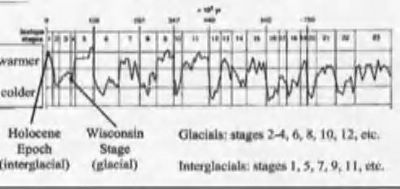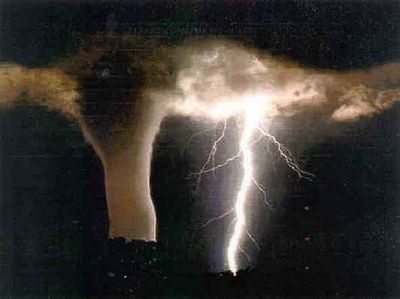
This is a graft/chart of the episodes Earth has experienced over it's life to date regarding Glacier and Interglacier periods which lasts about 100,000 years. It doesn't have the best resolution and I apologize about that but what is important is the areas of Warming called 'warmer' on this chart. Kindly note at the end of the warming period there is a SPIKE. Starting at the one and including that one between 5 and 6, there are five 'spikes.' Right? One for every extinction. What do you suppose those spikes mean? Well. If you look besides the spike on the opposite side of the it? It drops doesn't it? Those are the SUDDEN plummets of Earth into cold climates. Those happen very quickly on an Earth time scale. Once Earth has expended it's heat resources/ice, it goes into glacier periods fairly quickly where it takes a very, very long time to rebuild it's icefields and ice ocean and continent at it's poles. Why do you suppose that is? Would you think that perhaps the 'Greenhouse Gases' have been grossly reduced very quickly because the producers of them aren't producing them anymore. Why else would the planet cool off so quickly? The point is that once Earth has gotten as hot as it can with it's ice cooling it off enough to sustain life; the biota collapses. That is no way for humans to address this crisis. There is far too much damage and a reality that humans won't survive either the hot or cold climate. We need to stop this insanity.



